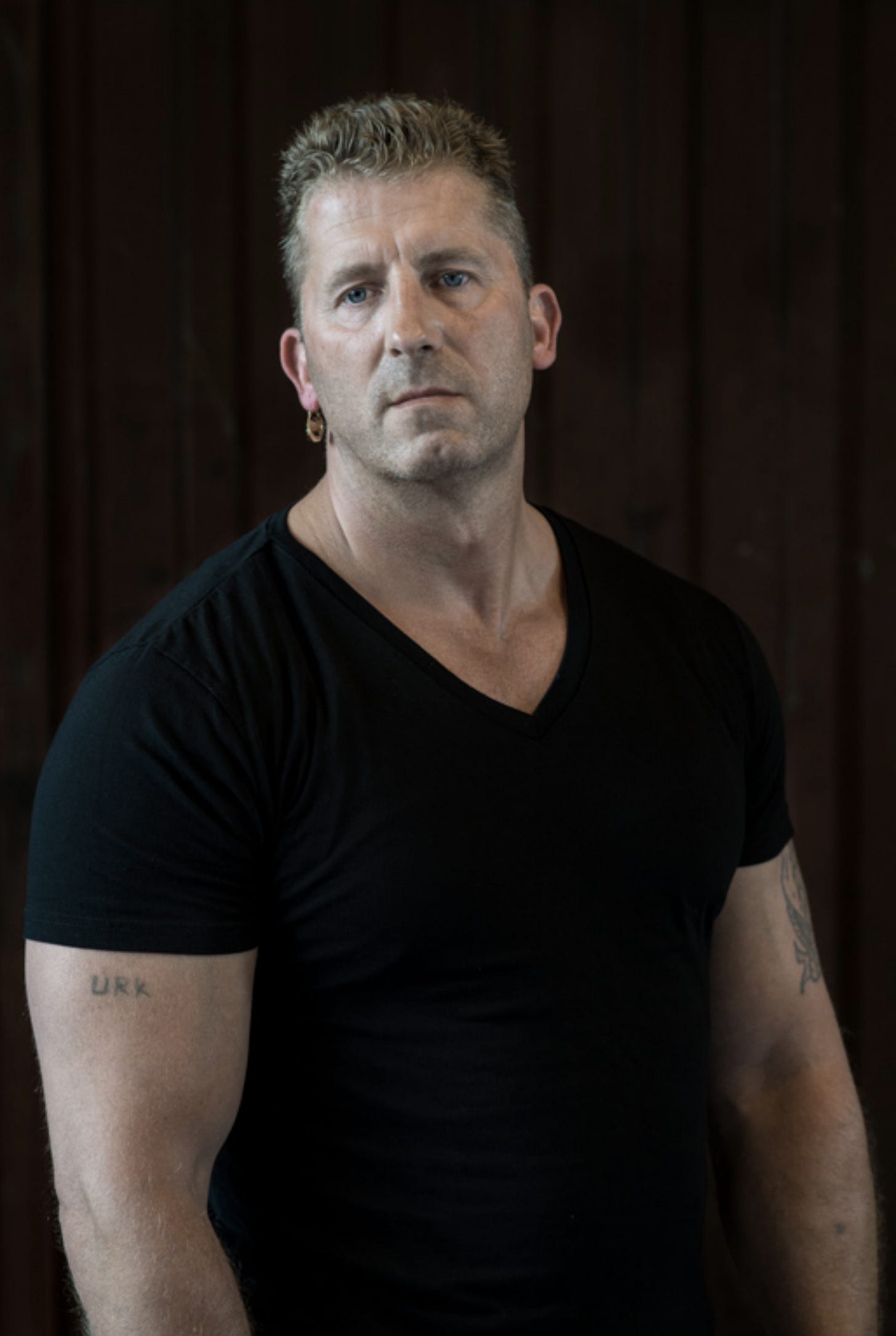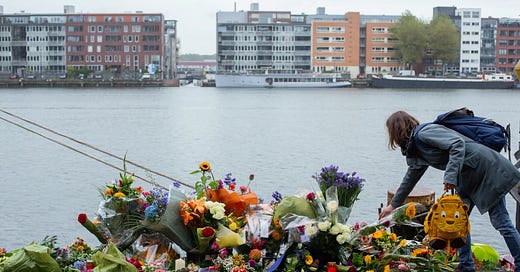
In the last month, at least five bodies were found in the Amsterdam canals, three in the last week of October alone—a “sad record,” according to the Telegraaf.
One of these stories made big news in the city. On October 15, Sam van Grondelle went missing after a night out with friends. After a massive search operation, his body was found in a canal three days after he disappeared. It is suspected that he cycled into the water on his way home, and the police have ruled out foul play.
Why have there been so many drownings recently? “The temperature is dropping, and so is the water. That could be a cause,” a police spokesperson said. Not very illuminating. “Almost all people who are found dead in the water do not constitute a crime.”
We are surrounded by water. In a city, and a country, located in a river delta, of course people drown.
But how do people actually wind up drowning in Amsterdam?
And why are eighty-four percent of Dutch drowning victims men?
Death by accidental drowning
Over the past decade, an average of 86 residents of the Netherlands have died annually due to accidental drowning, according to data from the CBS.
A police spokesperson highlights numerous causes contributing to the Amsterdam fatalities:
You can become unwell and unconscious cycle or fall into the water. Or, you're sitting on the edge of the canal, you don't feel well, and you fall right into it. It also happens that people fall forward while urinating. In a city like Amsterdam, with so much water, it unfortunately occurs in all kinds of ways.
The risk of death by drowning in the Netherlands is relatively low compared to other European countries. This might be attributed to universal swimming education; 97% of Dutch children have swimming diplomas.
One interesting fact: the probability of drowning is three times higher in low- and middle-income countries than in high-income countries.
Why so many men?
In 2022, men accounted for 84 percent of the total 73 accidental drowning deaths in the Netherlands.
This gender disparity is not unique to the Netherlands. In Sweden, 84 percent of drowning victims from 1992 to 2009 were men. Similarly, in America, men comprise eighty percent of all drowning victims.
The Americans attribute this to several factors. Men spend more time on the water, are more prone to risk-taking behaviors, and consume more alcohol. The Swedes also highlight alcohol and drugs as contributing factors.
In Amsterdam (and who knows, maybe all over the world?), there’s an additional factor at play: peeing while drunk.
Never pee in a canal, and never pee alone
Peeing into a canal can be seriously dangerous, particularly when you’re intoxicated. In addition to unsteadiness, alcohol also causes a drop in blood pressure. If you urinate while standing, blood flow to your brain diminishes, which can lead to dizziness. And you’re even more likely to get dizzy if you’ve come outside into the cold from a warm environment… like a bar.
And naturally men most often go off to pee alone, so if they fall into a canal it might be too late before anyone notices.
Grab lines and drowning stairs
Per a 2020 plan, as quay walls are renovated throughout Amsterdam, “drowning stairs” (drenkelingentrap) and grab lines (grijplijnen) will be placed every 50 - 60 meters, depending on the placement of houseboats.
The municipality has installed rescue stairs and ropes in various locations in the city center.
Car rails, designed to prevent parallel parkers from backing up into canals, turn out to create a tripping risk. They are are also being removed.
Creative toilets

A big part of preventing men from drowning in Amsterdam is giving them other places to pee.
The Piss Curl (plaskrul) was first placed in Amsterdam around 1870. The unique design of curved and perforated metal allows for privacy and simultaneously offers police a view inside. In the past there were concerns about gay men using the krullen to “cruise.”
In 2015, police fined a woman for urinating on the Leidseplein. She refused to pay, citing the lack of public toilets for women. (At the time there were 35 public urinals for men and only three toilets.) A judge ultimately ruled that she had to pay, arguing that she could have used a krul if she really had to go.
Which is absurd. Imagine squatting in there.
But, if you look at the urinors around Amsterdam as drowning-prevention devices rather than the facilitation of an equal right for both sexes to pee in private… it actually makes sense that there are far more public toilets for men than women.
There are also eight UriLifts in Amsterdam, telescopic toilets that emerge from the ground on Friday and Saturday nights.
You can see an interactive map of Amsterdam’s public toilets here.
Sweaters and earrings

Drowning deaths are nothing new in a seafaring nation like the Netherlands. Dutch fishermen once wore wear sweaters with village-specific knit patterns, so that if they were found drowned it was easy to tell where they came from.

In the past it was also common for Dutch fishermen to wear golden earrings typical of their villages. The old wives tale goes that these earrings were used to pay for fisherman’s funerals if they were found drowned. Apparently it was more likely for the earrings to be “stolen by the finder.”
In any case, today’s Dutch fishermen from certain communities still wear these earrings, which are now a tradition.

🥳 Leuke Dingetjes
Inside the Dutch fairytale theme park a mother claims is an 'amazing' and 'cheaper' alternative to Disneyland
I love those Daily Mail headlines.
Spoiler Alert: it’s Efteling.
A new album from Lewsberg
I discovered this band from Rotterdam via this adorable article in the Volkskrant. (They went to Amerika!) I’ve been listening all week.
Pitchfork gave their new album Out and About a 7.3 last month.
*all typos in this post are on purpose








I'm always surprised by the complete lack of life-saving equipment near bodies of water in the Netherlands. I'm not sure they'd help very much if you fell into a canal with noone seeing you, but for a country for so much water, it would be nice to have something nearby to throw to someone who was in trouble.
Great story. Unfortunately, there is a very long history of men drowning in the canals. As early as the 18th century, there was a society dedicated to saving drowning people. Their methods of reviving people were a bit unorthodox though......